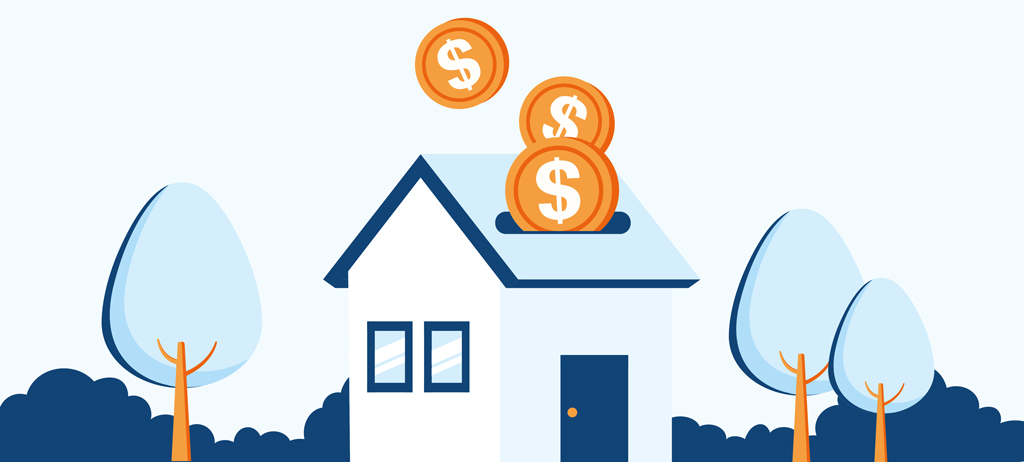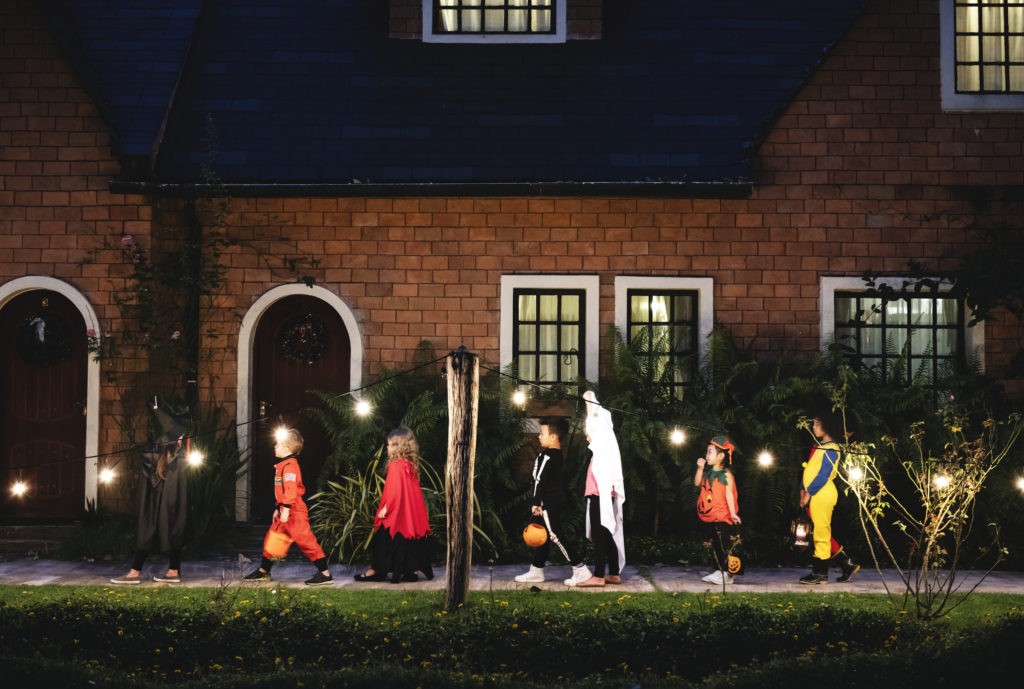If you’re like many other Americans, life doesn’t feel complete without a furry, feathery, or fishy friend to keep you company. The American Pet Products Association (APPA) surveyed pet owners and found that 60.2 million households own dogs, 47.1 million own cats, 15 million own fish, and 7.9 million own birds. Another 14 million own pets such as horses, lizards, or small animals.
Millions of people love their pets as much as you do. In fact, the APPA discovered an increase in the humanization of pets, with owners “feeding their pets as they do themselves, giving their pets vitamins/other supplements, and purchasing treats for their pets.”
We know keeping your pet safe is probably just as important to you as feeding them the right foods and treats, so we’ve provided four tips to help you protect your furry friend at home.
-
Keep Them Close
You can only protect your pets physically if they stay within a designated safe area. Whether that’s a kennel, the backyard, the basement, or anywhere within the walls of your home, you’ve got to make sure your pets can’t escape and fall victim to a host of dangers out of your control.
Fish, hamster, guinea pig, and lizard owners have less to worry about since those pets tend to stay put in their cages. Keep the cage locked while you’re away, and monitor them closely when you do let them out. Dogs and cats, however, are more prone to escape, and their owners should plan accordingly.
Dr. Nicole Starinsky, a veterinarian and researcher, teamed up with two other veterinarians to study the circumstances surrounding a dog’s escape from home. They found that “dogs confined by an electronic fence were more likely to have escaped (66/150 [44.0%]) than were dogs confined by a see-through fence (153/658 [23.3%]), privacy fence (38/163 [23.3%]), or tether (22/82 [26.8%]).”
Pet owners currently using electronic fences may want to consider a more secure alternative if they wish to keep their pets from running away.
-
Remove Physical Hazards
Does your puppy fall down the stairs? Does your cat get tangled in the drawstrings of the blinds? Watch your pet’s habits and take precautions against anything that might be dangerous if you weren’t home to come to the rescue.
If you’re not sure what else could be dangerous to your pet, the Reader’s Digest published a list of eleven underestimated household items that could pose a risk to your animal. They warn against choking hazards such as “buttons, small batteries, twist ties, and rubber bands. In the bathroom, keep hairpins, cotton swabs, and dental floss out of reach from your pet.” Even bones or sticks should be carefully selected since splintered pieces are an especially sharp choking hazard.
If your pet has outdoor or garage access, you’ll want to secure your garbage can because it contains dozens of harmful substances. Even outside the can, watch out for hidden pet poisons including cocoa mulch, some house plants, and ice melt. And no matter what the season, remember to plan any holiday decor with your pet in mind.
-
Don’t Take Food for Granted
Your pet knows your food smells and looks better than theirs, and they’ll try just about anything to get their paws on it. You may even think you’re doing your pet a favor by sharing a delicious home-cooked meal, but you’re probably not.
The Humane Society has provided an extensive list of foods that endanger your pet to further help you protect them. You probably know to avoid chocolate and coffee grounds, but what about grapes, mushrooms, or tomato stems? Keep your pet safe by keeping your foods separate from theirs.
-
Enlist Help
Pets are worth protecting, and so is your peace of mind. A security system with video feed or a pet monitoring system lets you keep an eye on your pet while you’re away. You can even gain remote access into your home through your phone or computer—thanks to a pet monitor camera, live video stream, and phone app—to see how your pet’s doing during the day and send help to your home if needed.
In fact, 49% of dog owners told the APPA that security is one of the primary benefits to owning a dog. Some select their pets specifically for that purpose, carefully choosing breeds that will protect their home. For dog owners like these, a security system is already in line with their priorities and makes a nice combination for protecting homes and pets.
You may not be a security enthusiast, but pet monitoring can be a handy tool if you’re concerned about an escaping cat or newly trained puppy—not to mention the unexpected incidents that any pet could experience while alone at home.
Your pet does a lot for you. It snuggles up to you when you’re tired, gives you something to talk about with friends, helps teach responsibility to your children, and distracts you from the stress of everyday life. By following the tips listed above, you’re giving back to the pet that gives you so much.




